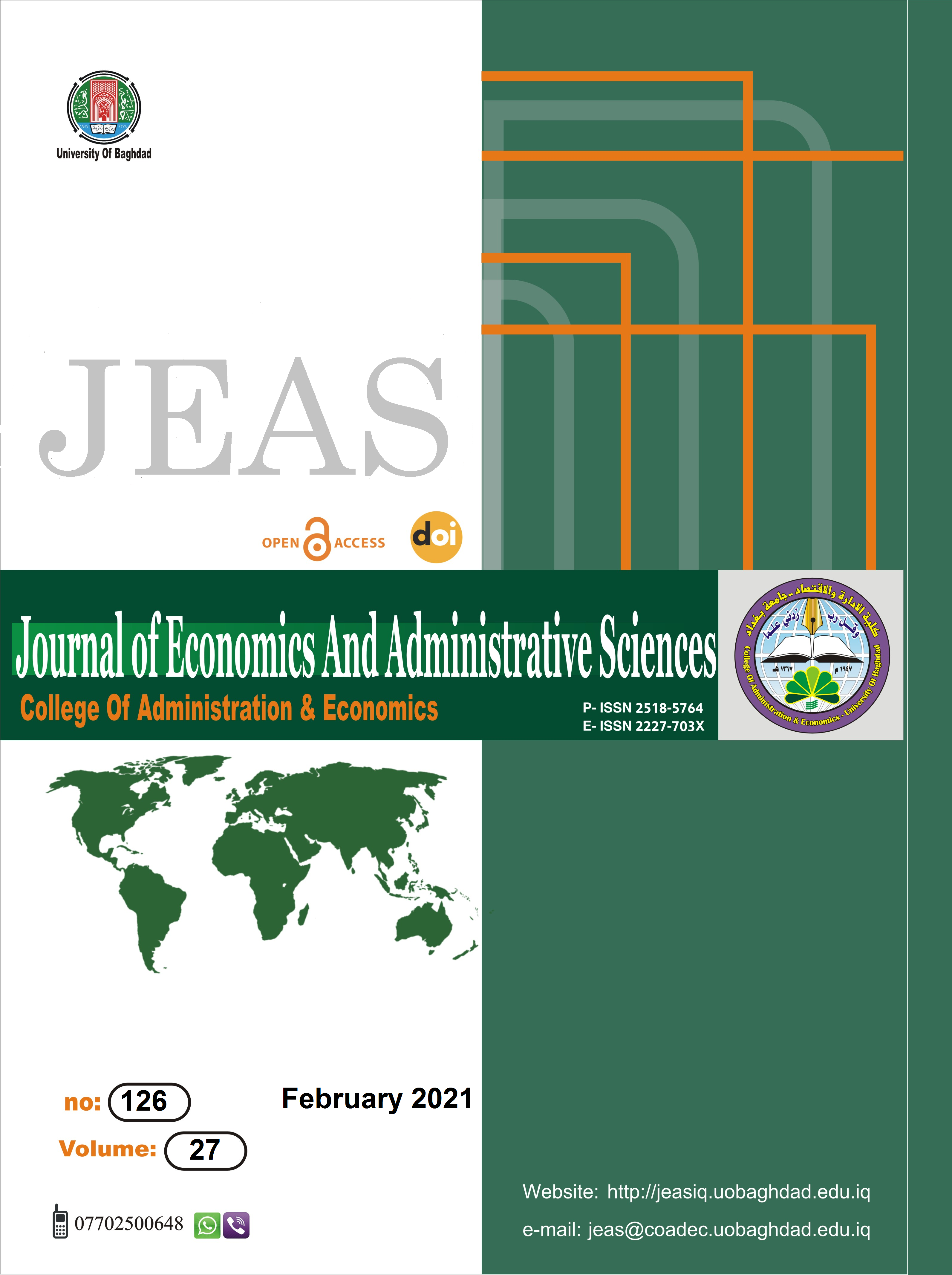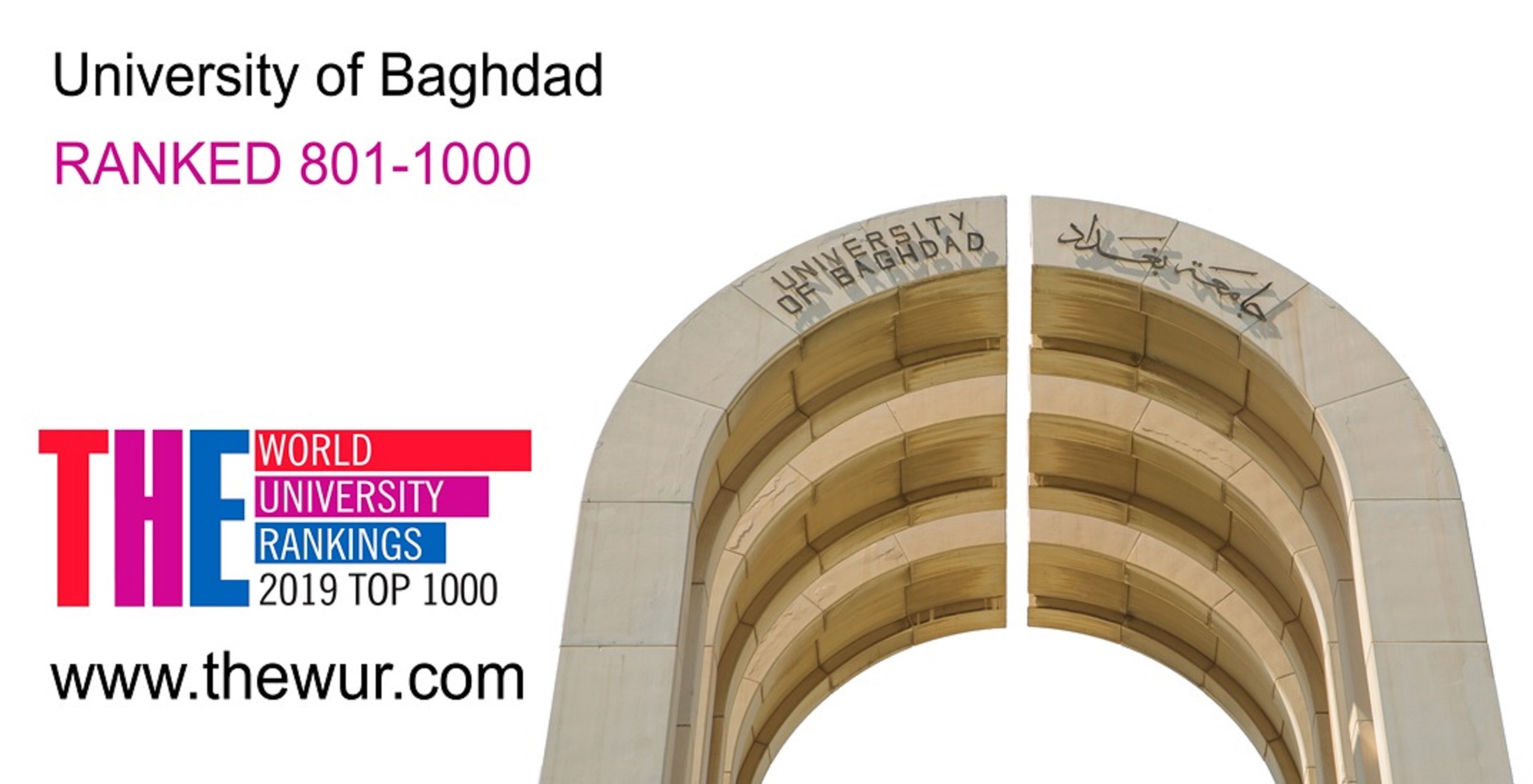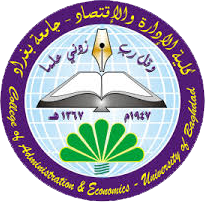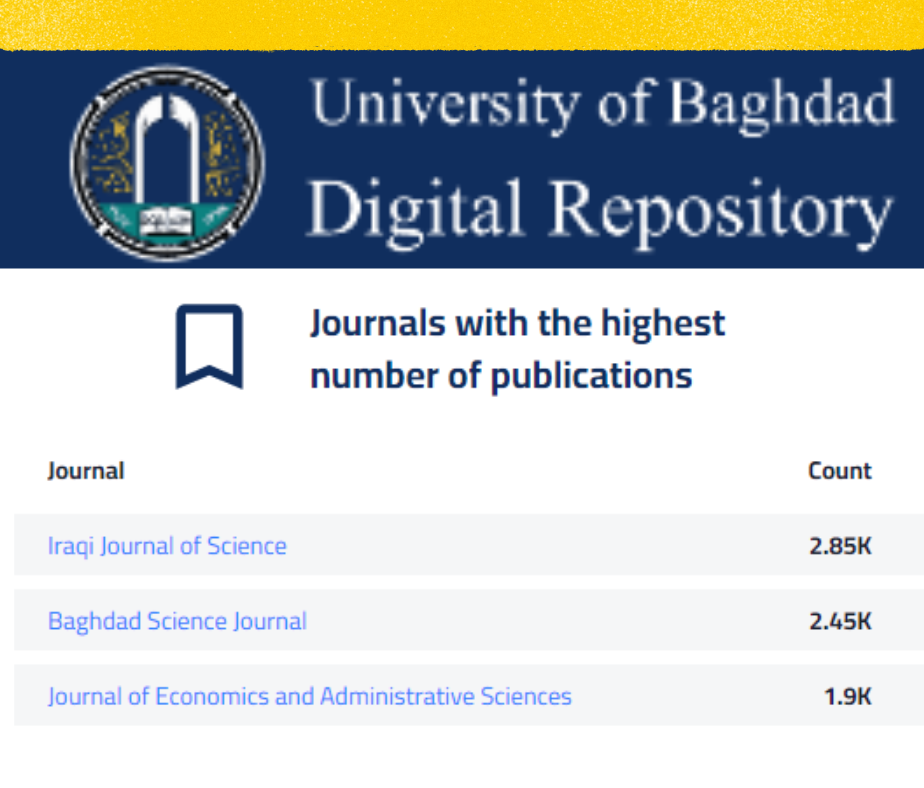The impact of financial development on economic growth in Iraq for the period (2004-2018):An Analytical Econometric Study
DOI:
https://doi.org/10.33095/jeas.v27i126.2122Keywords:
financial development, economic growth, Iraq, money supply, bank depositsAbstract
The objective of this study is to measure the impact of financial development on economic growth in Iraq over the period (2004-2018) by applying a fully corrected square model (FMOLS) Whereas, a set of variables represented by (credit-to-private ratio of GDP, the ratio of money supply in the broad sense of GDP, percentage of bank deposits from GDP) were chosen as indicators for measuring financial development and GDP to measure economic growth.
Major tests have been carried out, such as the stability test (Unite Root Test), the integration test (Cointegration). Results of the study showed that there is a clear and positive relationship between (credit-to - GDP ratio of the private sector, bank-to-GDP ratio) and economic growth on the one side, and the presence of a negative relationship between (the ratio of the money supply to GDP in the general sense) and economic growth in Iraq, The study concluded with a set of recommendations, including the need for Iraq's Central Bank to review credit facility supervisory tools with a view to liberating commercial banks from all financial compliance policies, which would encourage them to increase the volume of bank loans to the private sector with a view to advancing Iraqi economic activity
Downloads
Published
Issue
Section
License

This work is licensed under a Creative Commons Attribution-NonCommercial-NoDerivatives 4.0 International License.
Articles submitted to the journal should not have been published before in their current or substantially similar form, or be under consideration for publication with another journal. Please see JEAS originality guidelines for details. Use this in conjunction with the points below about references, before submission i.e. always attribute clearly using either indented text or quote marks as well as making use of the preferred Harvard style of formatting. Authors submitting articles for publication warrant that the work is not an infringement of any existing copyright and will indemnify the publisher against any breach of such warranty. For ease of dissemination and to ensure proper policing of use, papers and contributions become the legal copyright of the publisher unless otherwise agreed.
The editor may make use of Turnitin software for checking the originality of submissions received.













 How to use the OJS system
How to use the OJS system 











